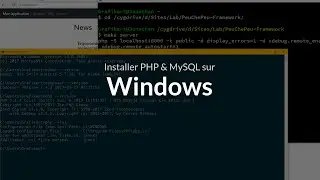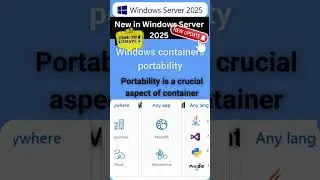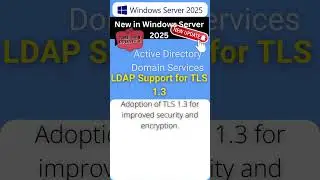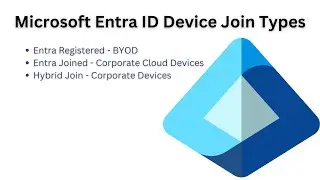What Is Hybrid Cloud Computing | Hybrid Cloud in CLOUD Computing with Examples
What Is Hybrid Cloud Computing Strategy in 2022 ? A hybrid cloud—sometimes called a cloud hybrid—is a computing environment that combines an on-premises datacenter (also called a private cloud) with a public cloud, allowing data and applications to be shared between them. Some people define hybrid cloud to include “multicloud” configurations where an organization uses more than one public cloud in addition to their on-premises datacenter.
What is a hybrid cloud?
What are the benefits of a hybrid cloud?
No matter which definition of hybrid cloud you use, the benefits are the same: When computing and processing demand increases beyond an on-premises datacenter’s capabilities, businesses can use the cloud to instantly scale capacity up or down to handle excess capacity. It also allows them to avoid the time and cost of purchasing, installing, and maintaining new servers that they may not always need.
Are there regulatory issues with using a hybrid cloud model?
For industries that work with highly sensitive data, such as banking, finance, government and healthcare, hybrid may be their best cloud option. For example, some regulated industries require certain types of data to be stored on-premises while allowing less sensitive data to be stored on the cloud. In this kind of hybrid cloud architecture, organizations gain the flexibility of the public cloud for less regulated computing tasks, while still meeting their industry requirements.
Control and scalability are at the top of the list of the advantages of implementing hybrid cloud deployment. In short, companies can still apply specific custom requirements for critical environments and rely on the near-infinite scalability of a public cloud provider; thus reducing cost in general. However, this is only possible if a company has the ability to run and manage a complex environment.
Are there security issues with hybrid cloud infrastructure?
Organizations that use a hybrid cloud platform are able to use many of the same security measures that they use in their existing on-premises infrastructure—including security information and event management (SIEM) capabilities. In fact, some organizations find cloud hybrid security to be superior to that of their on-premises datacenter because of always-up-to-date, automated data redundancy, high availability, disaster recovery and cybersecurity features.
Advantages:
Control: Companies have increased control over their data, allowing stakeholders to choose from environments that best suit each individual use case.
Scalability: Most companies do not have a constant general computational use or demand. Computational demand could be seasonal or ad-hoc. Extending workloads to a public cloud allow for the ability to scale resources on-demand.
Cost: A hybrid cloud deployment model can benefit companies that can't afford to invest in a private data center, as well as those that need to scale in a cost-effective manner. Also, this model requires much less space on-premises compared to a strictly private model.
Disadvantages:
Operational complexity: There is a lack of tools that can manage both on-premise and public cloud resources, making operational tasks more complex and involved. Examples that come to mind are asset management, patch management, active directory, and DNS management.
Timestamps: Chapters
00:00 - Introduction to hybrid cloud
01:30 Difference between the Private and Public clouds
02:10 Approach for Hybrid cloud
02:36 Hybrid cloud Pros
06:30 Hybrid cloud Cons
#hybridcloud #CloudComputing #CloudComputingTutorialForBeginners































